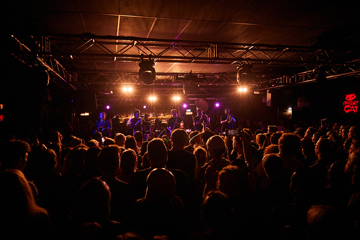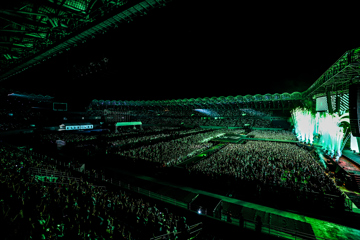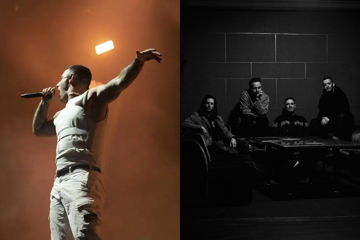Down To Your Chor'
The Keir Choreographic Award ain't no reality show imitation, says dancer Sarah Aiken.
When former Next Media CEO, Phillip Keir and his wife Sarah Benjamin set up the Keir Foundation in 2004 it was specifically to “foster innovation and excellence in arts”. In the context of the Australian arts landscape, the vibrant and risk-taking realm of contemporary choreography is perhaps the best fit for such an initiative. The inaugural Keir Choreographic Award, with its $30,000 first prize and emphasis on the commissioning of new works will go some way to providing overdue profile to this country's independent dance makers. With eight semi-finalists preparing to 'compete' over a two-week period at Dancehouse in Melbourne (before the final at Carriageworks in Sydney later this month), the choreographic heat is on; and according to Dancehouse's Artistic Director Angela Conquet, the Keir is the most important prize ever in Australian contemporary dance: “There is a lot of private and philanthropic attention that goes to major dance companies, but so little private giving goes to the independent sector, so that's one really amazing thing about this.”
"Are we making work for an X-Factor audience? I don't think so."
For the artists involved, it's not simply the cachet of being one of the eight selected, as Melbourne-based choreographer Brooke Stamp explains: “The really brilliant thing about this context is the support we've been given. It's very rare to have production support and 100 hours of studio access, which is something that dancers and choreographers need almost more than finances. Normally, you'd be writing applications to funding bodies and waiting round for months for them to reply.” Fellow finalist Sarah Aiken concurs: “I pretty well had a couple of months to bring this together. It's like a concentrated development, which is really exciting because so much of this funding cycle thing is about waiting around.”
However, the very nature of the award does beg the question: what is choreography? “I think that a lot of people in this award are thinking about choreography as being grounded in the body but moving beyond that and into objects, visual art and sonic spaces,” Stamp says. “They are thinking about choreography more broadly than 'steps' and in that sense I think it will be more up to the audience. In other words, will this context alter their thinking about what they're seeing?”
Don't miss a beat with our FREE daily newsletter
This is no mere academic point, as the Keir also has a ten grand audience favourite prize. In the normally tight knit, co-operative universe of independent dance making (and appreciating), this could well shift the focus onto picking winners. Aiken, however, is quick to laugh off the idea. “I mean, who are we making the work for? Are we making work for an X-Factor audience? I don't think so.”
With the eight semi-finalists ready to debut their 20-minute pieces before judges and punters alike, Conquet reflects, “You can call dance many things but at what point does it become choreography? And what do we mean by new?”







